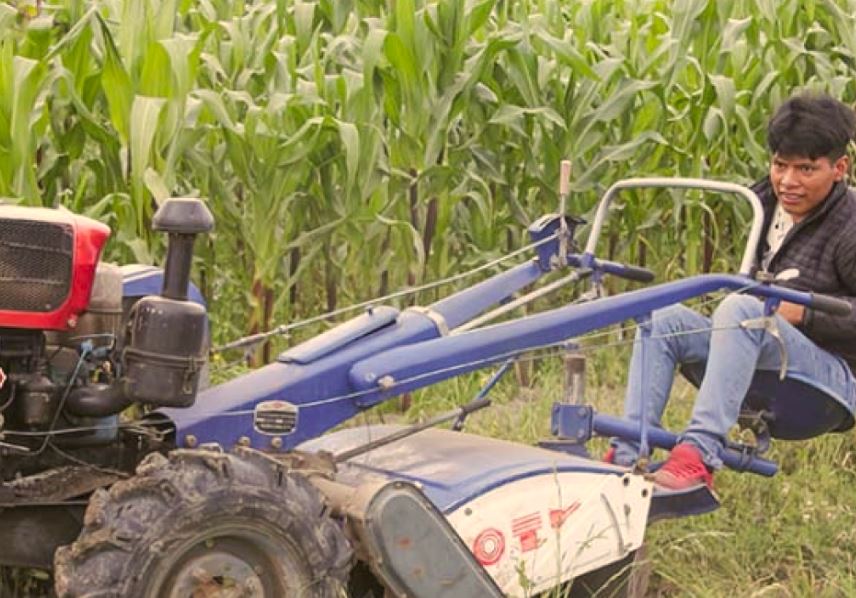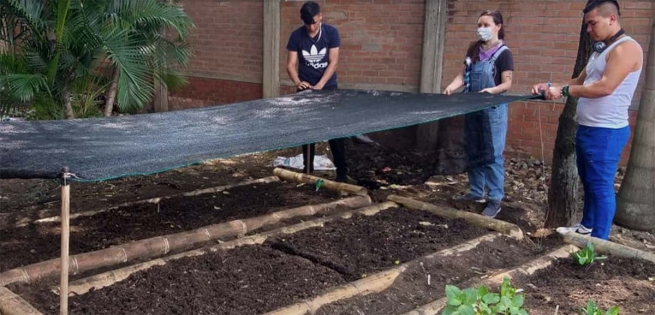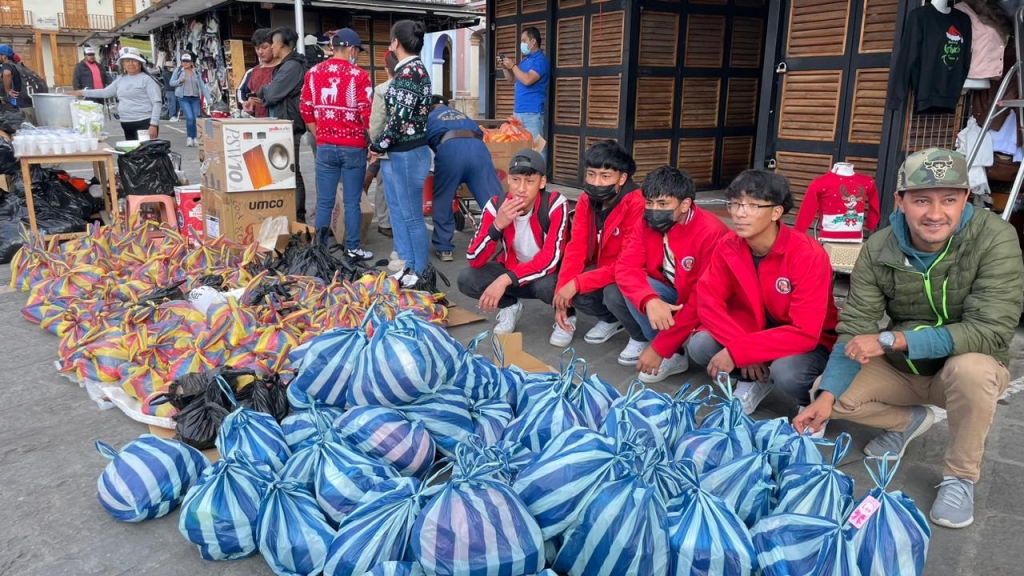UNHCR: Violence in Colombia Displacing More People into Ecuador
(UNHCR) – Senor Padilla, his wife and two of their children escaped to San Lorenzo, Ecuador in late February, joining the growing number of people fleeing fresh violence in nearby Colombia.
“We came because two paramilitary factions and one guerrilla group were wreaking havoc in the area where we lived. They are killing a lot of the local people,” Padilla told UNHCR. Growing numbers of people have been arriving in northern Ecuador‘s Esmeraldas province this year and asking for asylum. Like Padilla, they cite increased violence across the border.
Significant numbers of people have been crossing into the province to seek shelter for years, with government figures putting the number at 1,200 to 1,500 people a month, said Oscar Sánchez Piñeiro, head of UNHCR ‘s field office in Esmeraldas.
But he added that the number had risen due to “the deteriorating conditions” in and around Tumaco, the main Pacific port in south-west Colombia‘s Nariño department. In one week earlier this year, UNHCR estimates that there were 600 arrivals.
Sánchez Piñeiro said that a further 1,000 people are believed to have arrived in Esmeraldas province during the same time, but had not been able to file asylum claims because it was difficult getting from border areas to the provincial capital, Esmeraldas, where the government registers new arrivals.
“The new arrivals say the situation in Colombia remains volatile,” the UNHCR official said. “Among the arriving population there are many women and children who had to flee because of threats, assassinations of relatives or the occupation of their land by irregular armed groups. Many live in precarious conditions, especially due to their proximity to the conflict zone and increasing violence in the border.”
UNHCR visitors met Padilla and his family at a shelter in San Lorenzo, where they were receiving assistance until they could find somewhere more permanent to live and look for a livelihood. They decided to leave Tumaco after one of the armed groups killed three people in their neighborhood, Padilla said, adding: “It was rumored that three more people were missing.”
But Padilla did not have enough money for transport to the border and he and his wife made the tough decision to leave their two oldest children – a 10-year-old girl and a boy aged 13 – with relatives in the hope that they could later reunite in Ecuador. His wife worries about the two children. “It hurt me a lot when I had to leave as I had never been far away from them, never.”
Many of the families arriving in this area stay with local communities on San Lorenzo’s stretch of coast, while others – like Padilla’s family – are provided with temporary accommodation. “We have several locations where we provide shelter for the new arrivals, especially for the vulnerable ones in San Lorenzo,” said Piñeiro, adding that needs surpassed UNHCR’s capacity.
UNHCR offers weekly briefings for the new arrivals in San Lorenzo, which is the first point of entry for many. The sessions include orientation on how to access the asylum process and also arranged information meetings through the provincial Refugee Directorate, which is the state entity in charge of providing registration and conducting the asylum process.
One priority for UNHCR is to work with the protection networks established in the border region to help trace the separated family members and to enhance protection activities along the northern border with Colombia.
Debbie Elizondo, UNHCR’s representative in Quito, noted that Ecuador is the largest refugee-hosting country in Latin America, with more than 55,000 recognized Colombian refugees. But she also expressed concern about the dangers asylum seekers face in the border areas inside Ecuador .
“Many people may think that perhaps there is no more conflict in Colombia , but the reality is that we continue to see thousands fleeing the increasingly volatile areas and fragmented fighting,” she said, adding that the border area was dangerous.
“Just last year, 15 refugees or asylum-seekers were assassinated in the province of Esmeraldas. There is also an increased presence of illegal armed groups along the border and they operate in the region and foster systemic human rights violations,” Elizondo added.
###
By Babar Baloch in San Lorenzo, Ecuador (UNHCR) | PHOTO: B. Balach/UNHCR
See this news article in its original location.
See related article: “New Beginnings” Program Expands to Assist Colombian Refugees in Four Countries




